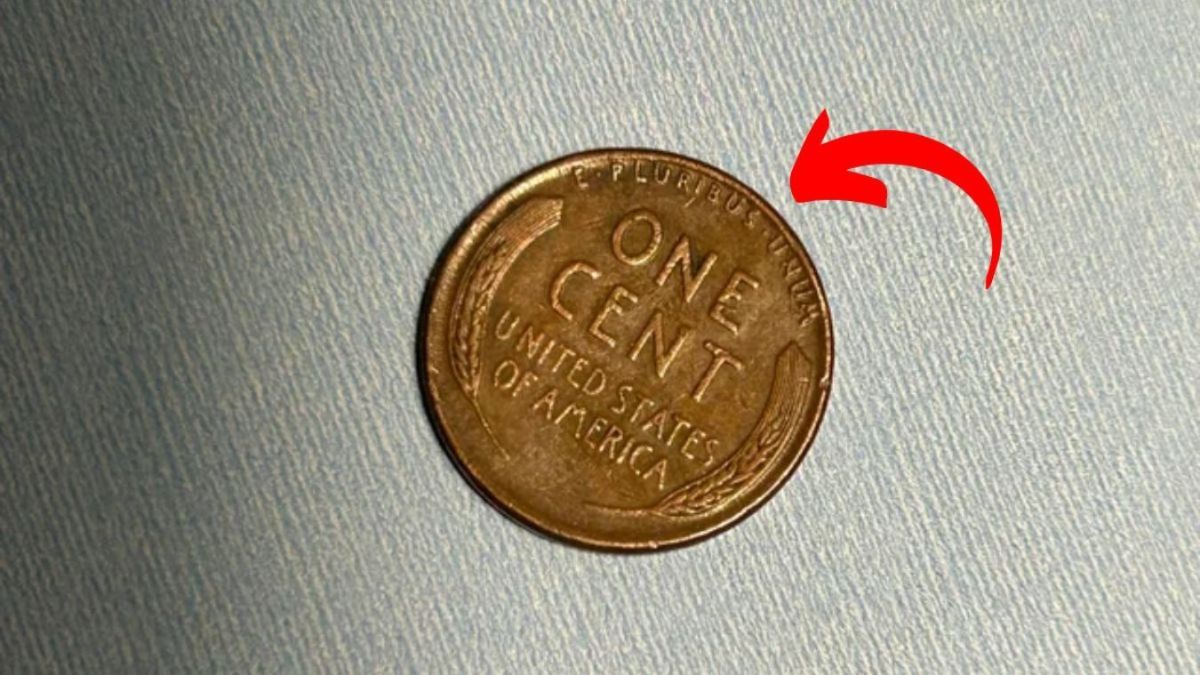The Lincoln Wheat Penny Worth $991,000: A Tiny Coin with a Huge Story
Imagine reaching into your pocket and pulling out a penny—just an ordinary, brown coin you might normally toss into a tip jar or forget in your car’s cup holder. Now imagine that same penny turning out to be worth nearly a million dollars. Sounds unbelievable, right? But in the fascinating world of coin collecting, it’s absolutely possible. One humble Lincoln Wheat Penny has fetched a jaw-dropping $991,000, proving that sometimes the smallest things hold the biggest surprises.
How a Penny Became a Piece of American History
Back in 1909, the U.S. Mint introduced the Lincoln Wheat Penny to mark the 100th birthday of President Abraham Lincoln. This wasn’t just another coin—it was a historic moment. For the first time ever, a real person (and a beloved president at that) appeared on American currency. Designed by Victor David Brenner, the front of the coin showcased a dignified portrait of Lincoln, while the reverse displayed two wheat stalks, a nod to the nation’s agricultural roots.
This design stuck around for nearly 50 years, becoming one of the most recognizable coins in American wallets. And over time, certain versions of it became some of the rarest, most sought-after treasures in U.S. numismatic history.
What Makes These Pennies So Valuable?
So what’s the secret behind their sky-high value? It’s a mix of rarity, historical quirks, and collector demand. Some Wheat Pennies were struck with errors, others used unusual materials, and a few were simply produced in very limited numbers. These aren’t just coins—they’re tiny time capsules from pivotal moments in American history.
Take the famous 1943 copper penny, for example. During World War II, the U.S. Mint switched from copper to steel for pennies to save copper for the war effort. But a few leftover copper blanks from 1942 were accidentally used in 1943, creating one of the rarest coins ever. These mistakes now sell for hundreds of thousands—or even millions—of dollars.
Spotting the Gems in Your Change
Now, before you dump out your change jar, here’s what to look for. The year is a big deal. Some of the most valuable Wheat Pennies include:
- 1909-S VDB – The first year of issue with the designer’s initials. Only a few hundred thousand were minted in San Francisco.
- 1914-D – A low mintage from the Denver Mint.
- 1922 No D – An unusual variety where the Denver mint mark is missing.
Also, pay attention to the condition. A coin that’s shiny, clean, and uncirculated can be worth dramatically more than a worn-down version of the same year.
Grade Matters
Serious collectors rely on professional grading services to evaluate the condition of a coin. These experts look at everything—shine, scratches, edges, even the clarity of Lincoln’s profile. A small bump in grade can mean a massive jump in value, so if you think you’ve got something special, get it checked out.
Hidden Treasures Still in Circulation
Here’s the part that keeps treasure hunters excited: not all the rare Wheat Pennies have been scooped up. Some are still floating around in piggy banks, tip jars, and couch cushions. That means your next big find could be hiding in plain sight.
Other Noteworthy Pennies
While the $991,000 penny is a standout, others are still worth a pretty penny—literally. The 1909-S VDB can snag up to $100,000. The 1914-D and 1922 No D varieties can fetch between $30,000 and $50,000, depending on their condition. These coins aren’t just valuable—they’re steeped in stories, reflecting moments when history and currency crossed paths.
A Million-Dollar Lesson in American Legacy
At the end of the day, the Lincoln Wheat Penny is more than just pocket change. It’s a piece of American heritage, a reminder that even the most common objects can carry incredible meaning—and value. So next time you find a penny, don’t overlook it. Who knows? You might just be holding a fortune in the palm of your hand.
